Table of Contents

The beauty industry has been under a great deal of scrutiny in the last few years. Cosmetic companies are now facing mounting pressure to become more eco-friendly, from the ingredients used in their skincare products to the manufacturing process and how products arrive to the customer. For these reasons, sustainable cosmetic packaging can benefit customers and companies looking to make a difference.
However, before getting into details, it’s essential to establish a working definition of what sustainability really is and how cosmetic companies can achieve this. Because although there are many variations and strategies to how cosmetic companies approach sustainability, there are overarching features to make a package sustainable.
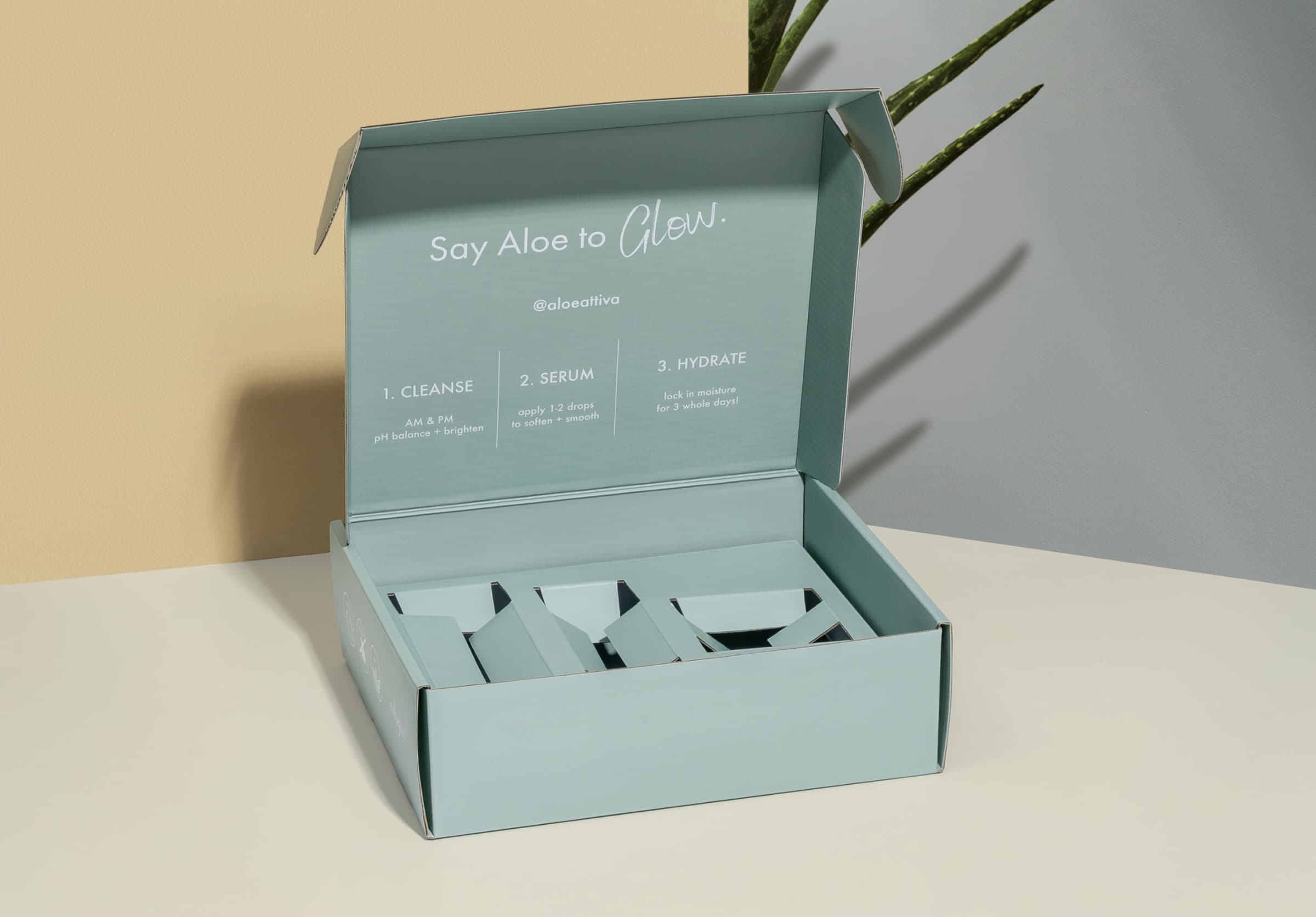
Source: PakFactory
First, the packaging should be 100% recycled or natural materials, and its production process must be eco-friendly. This means the need for an ethical, well-managed supply chain, and the production of the package must be in a zero-waste or closed-loop way to be considered sustainable, eco-friendly packaging.
Second, the packaging must also be easy for customers to recycle, reuse, or upcycle in some form.
However, it’s just as important to note that for many cosmetics businesses, it’s challenging to incorporate all of these elements into one package, especially while keeping price points at a reasonable level for customers. That’s why it’s crucial to establish priorities for the cosmetic company’s values regarding eco-friendliness and to keep that in focus while designing sustainable beauty packaging.
For example, while cosmetic businesses can’t always make the most eco-friendly lotion packaging, as the bottles are predominantly manufactured using plastic, the key takeaway is to create a concerted effort in the right direction. Making their packaging as eco-friendly as possible to protect the environment while still offering value to customers is the ultimate objective. So in this article, let’s look at some of the best choices available. From sustainable cosmetic jars to eco-friendly makeup packaging filler alternatives, let’s dive right in with the benefits each option has to offer.
Post-Consumer Recycled (PCR) Packaging
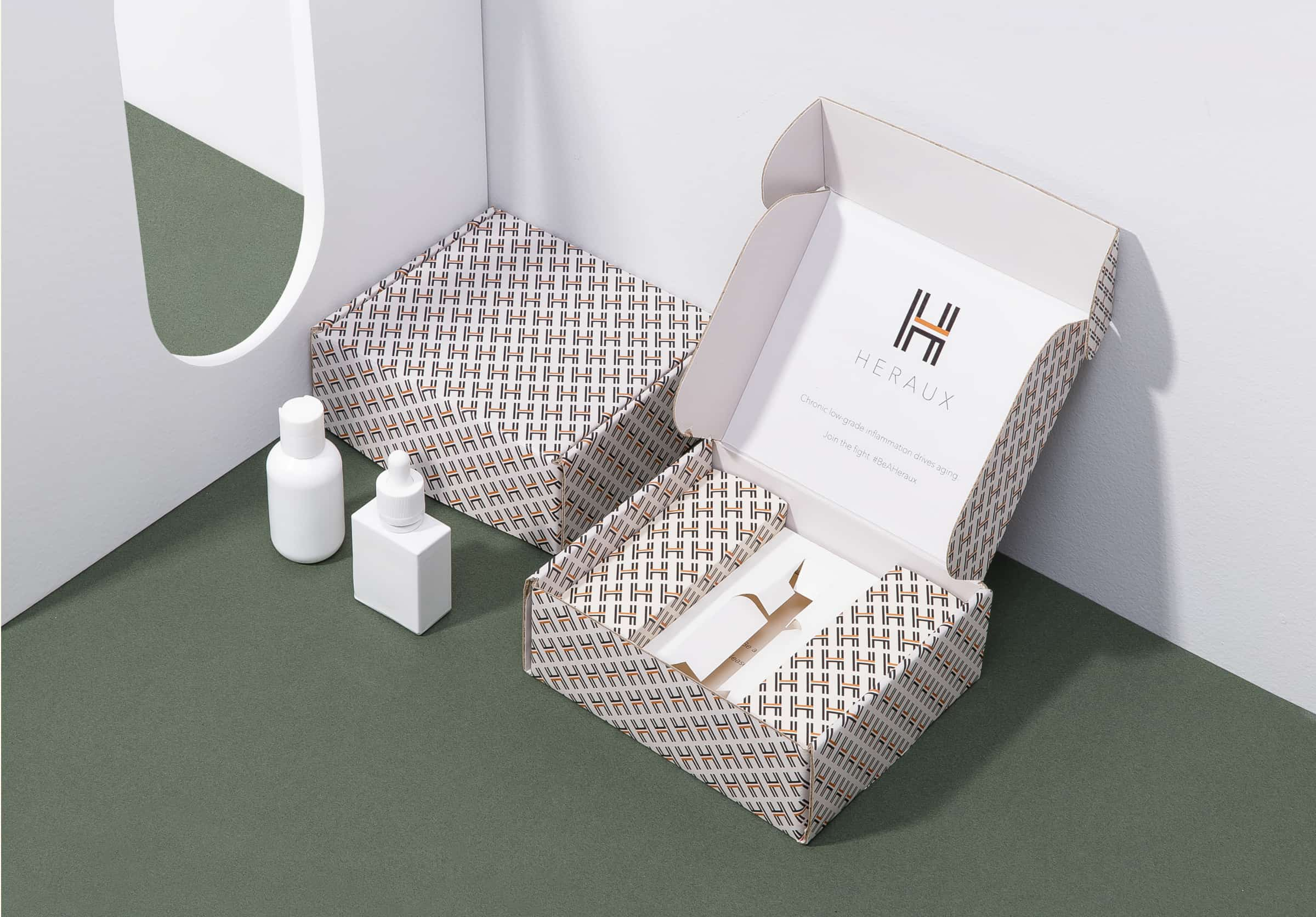
Source: PakFactory
One of the most popular eco-friendly packaging choices is post-consumer recycled (PCR) packaging. PCR packaging is quickly gaining popularity, with projections showing that the industry will grow from 14.2 billion dollars in 2020 to 18.8 billion dollars by 2025.
This form of packaging is made from recycled items such as cardboard boxes, paper, plastic bottles, aluminum, and other everyday materials. So when these recyclables arrive at a recycling facility, they are separated by material and sorted into bales, which are then purchased and molded into new items. As a result, this solution has a wide range of capabilities regarding the shape and size of the packaging it produces, making it perfect for cosmetic businesses looking for a 100% recycled materials initiative. But how is PCR packaging different from compostable or recyclable cosmetic packaging?
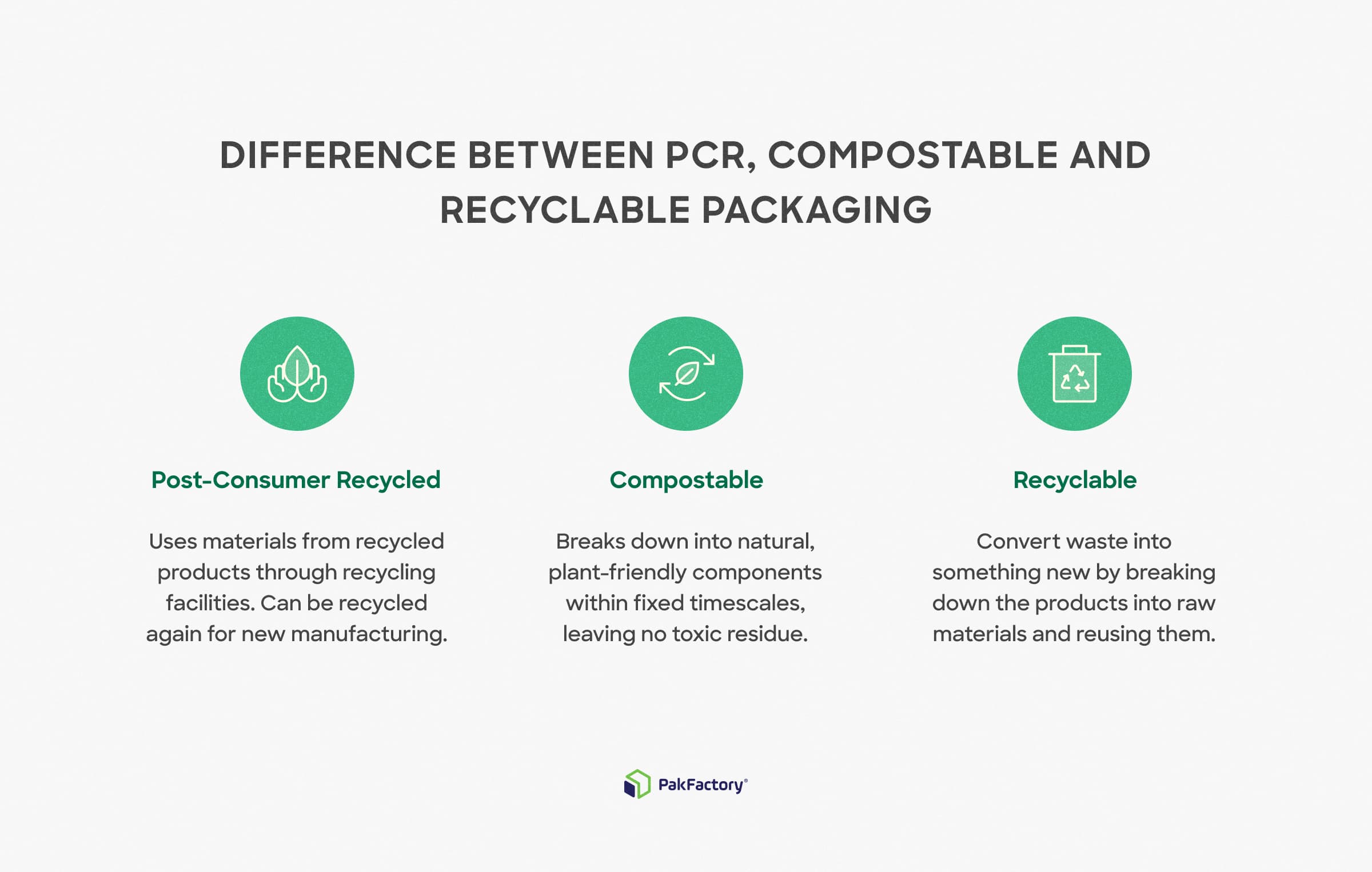
Source: PakFactory
PCR differs because it is created after the raw materials are sent to recycling facilities. It gives the materials a new life by reusing them. However, with compostable and recyclable packaging, the customer essentially disposes of the package, ending the lifecycle.
Also, with recyclable and compostable packaging, there is greater reliance on the customer’s disposal process, as certain conditions may change the material’s biodegradability.
PCR packaging is favored over recyclable and compostable options for cosmetic containers and packaging because of its many more benefits – for both businesses and customers. It’s one of the most accessible eco-friendly packaging options for cosmetics because it can be shaped into many different forms and sizes, making it a perfect choice for items like cream jars or lotion bottles.
Some of the key benefits of PCR packaging include:
- Flexibility
- Protection
- Strong barrier performance
- Good strength
- Plastic film alternative
- Reduces carbon footprint
PCR is also beneficial because it helps cosmetic companies maintain and showcase eco-friendly initiatives through sustainable beauty packaging.
Especially as customers become more aware of the environmental impact of materials such as plastic, PCR packaging can be a great way to engage with audiences around sustainability and environmental impact without compromising product packaging quality.
Bamboo Packaging
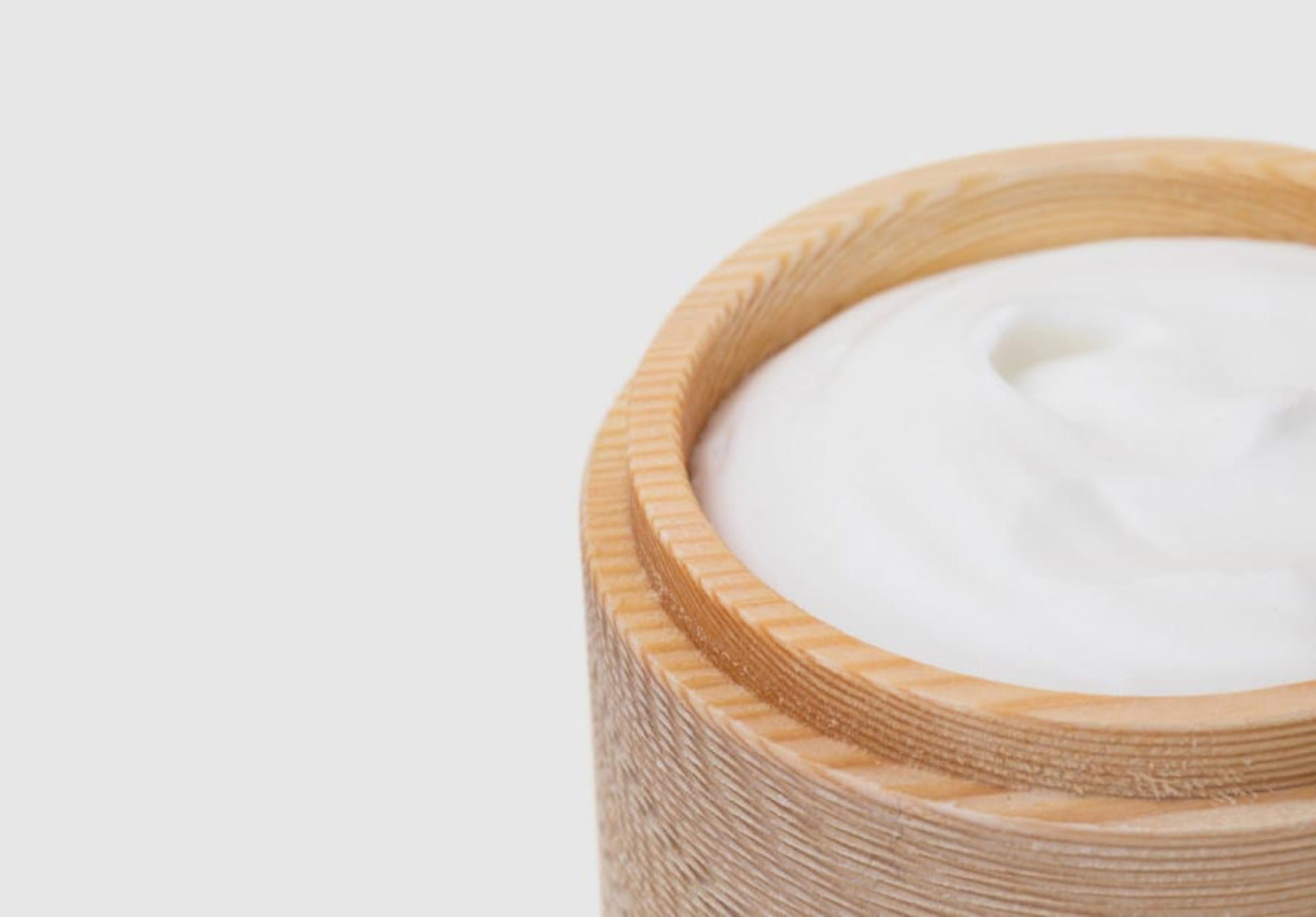
Source: Kon Mari
Bamboo is another emerging eco-friendly packaging trend for beauty and cosmetic businesses and is best for disposable packages like lip balm or lipstick cases. Bamboo is one of the best options for plant-based cosmetic packaging as it uses entirely renewable sources.
There is no use of insecticides or pesticides in its cultivation, and a variety of species are available, so there are many options. Bamboo is a lightweight packaging option, and its sheath can add a layer of durability to any cosmetics container.
Bamboo is best used as a biodegradable replacement for plastic and paper, as its wood is excellent for external jars using acrylic or glass as an inner coating. Bamboo cosmetic jars can even be branded using techniques like screen printing, hot stamping, engraving, and more.
Paper Packaging
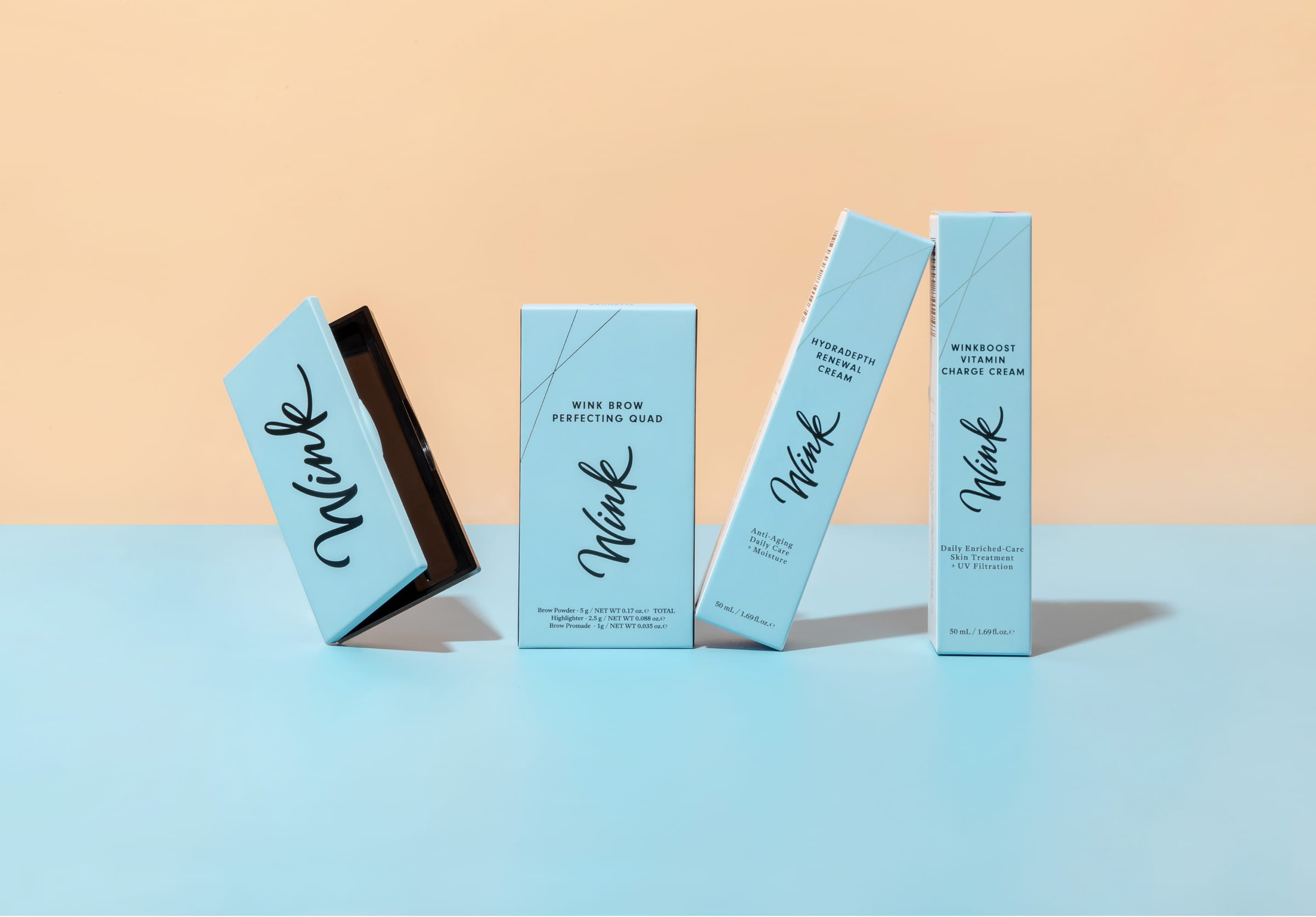
Source: PakFactory
Paper has long been a form of eco-friendly packaging across all industries, and the cosmetics industry is no different. There are many ways to use this type of sustainable packaging as a replacement for plastic.
For example, makeup and lipstick packaging often include plastic filling such as bubble wrap for protection. However, replacing this plastic filler with paper filler made of cardboard or recycled paper is an excellent alternative to attain more sustainable beauty packaging for your business.
Paper is both renewable and biodegradable, offering a more sustainable protective option than single-use plastics.
Browse our full catalog of paper packaging here!
Refillable Packaging
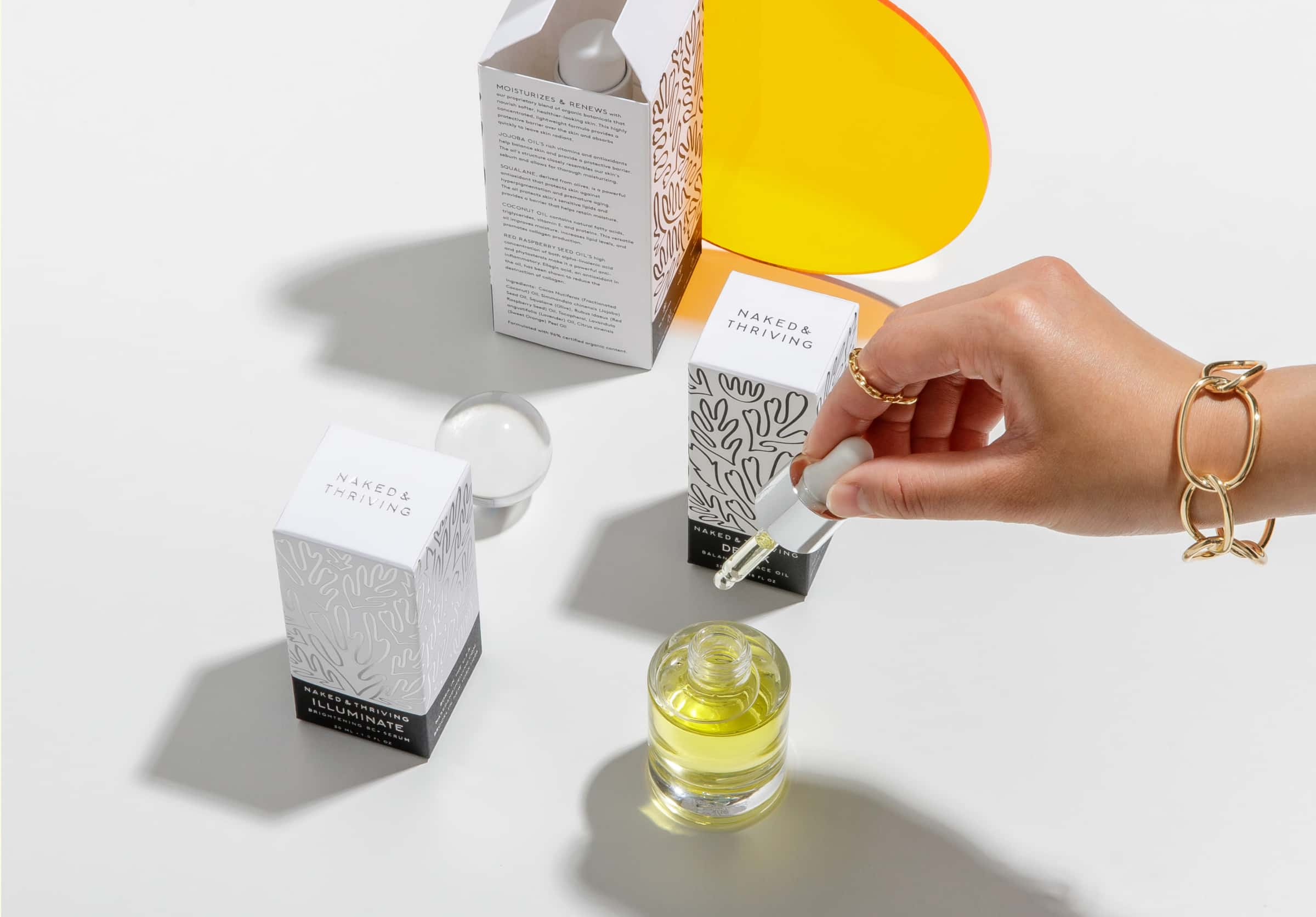
Source: PakFactory
One of the cosmetics industry’s biggest challenges is reducing plastic within traditional lotion and skincare packaging. But with so few durable and waterproof alternatives available, cosmetics companies have been trying to devise compromises to minimize the impact of the abundant use of plastic in things such as lotion bottles and cosmetic jars.
One way to accomplish this is by encouraging customers to reuse these containers by providing refill services.
Refillable cosmetic packaging can help companies reduce their impact and is a great way to engage with customers and build value for the product. It allows companies to drastically cut down the impact of plastics while encouraging customers to continue returning to and reusing the product.
In addition, companies can offer a special discount for customers who opt for the refill service, encouraging the extended use of their cosmetic containers. So although plastic is not eco-friendly, continued reuse is a viable compromise for a sustainable cosmetic packaging option.
Cornstarch Packaging
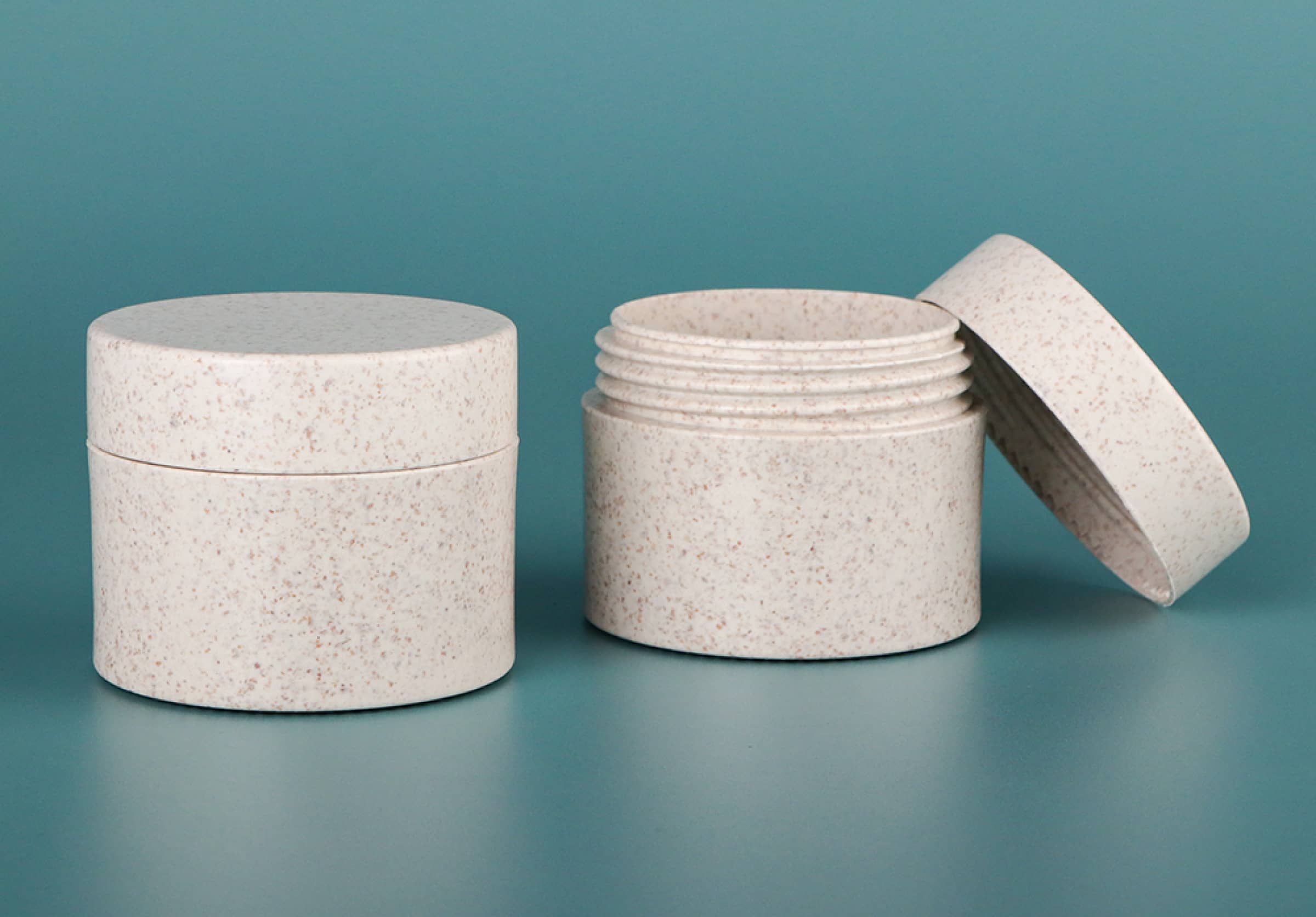
Source: Botuo Packaging
Cornstarch is a perfect alternative to plastic for cosmetic companies seeking a more organic, eco-friendly cosmetic packaging option for their lotion bottles. As the name suggests, it is made from polylactic acid (PLA), derived from renewable sources such as cornstarch or sugarcane. And while there are concerns about supply chains if it is more widely used, there are still options to incorporate this packaging option into overall operations.
As a viable plastic replacement, cornstarch offers a lot of possibilities when it comes to sustainable cosmetic packaging options. It is both biodegradable and recyclable, also making it a great choice for lotion bottles and skincare cream jars. It is also non-toxic and does not produce large amounts of emissions, which is why so many cosmetic companies are now looking into cornstarch as a suitable alternative.
Seaweed Packaging
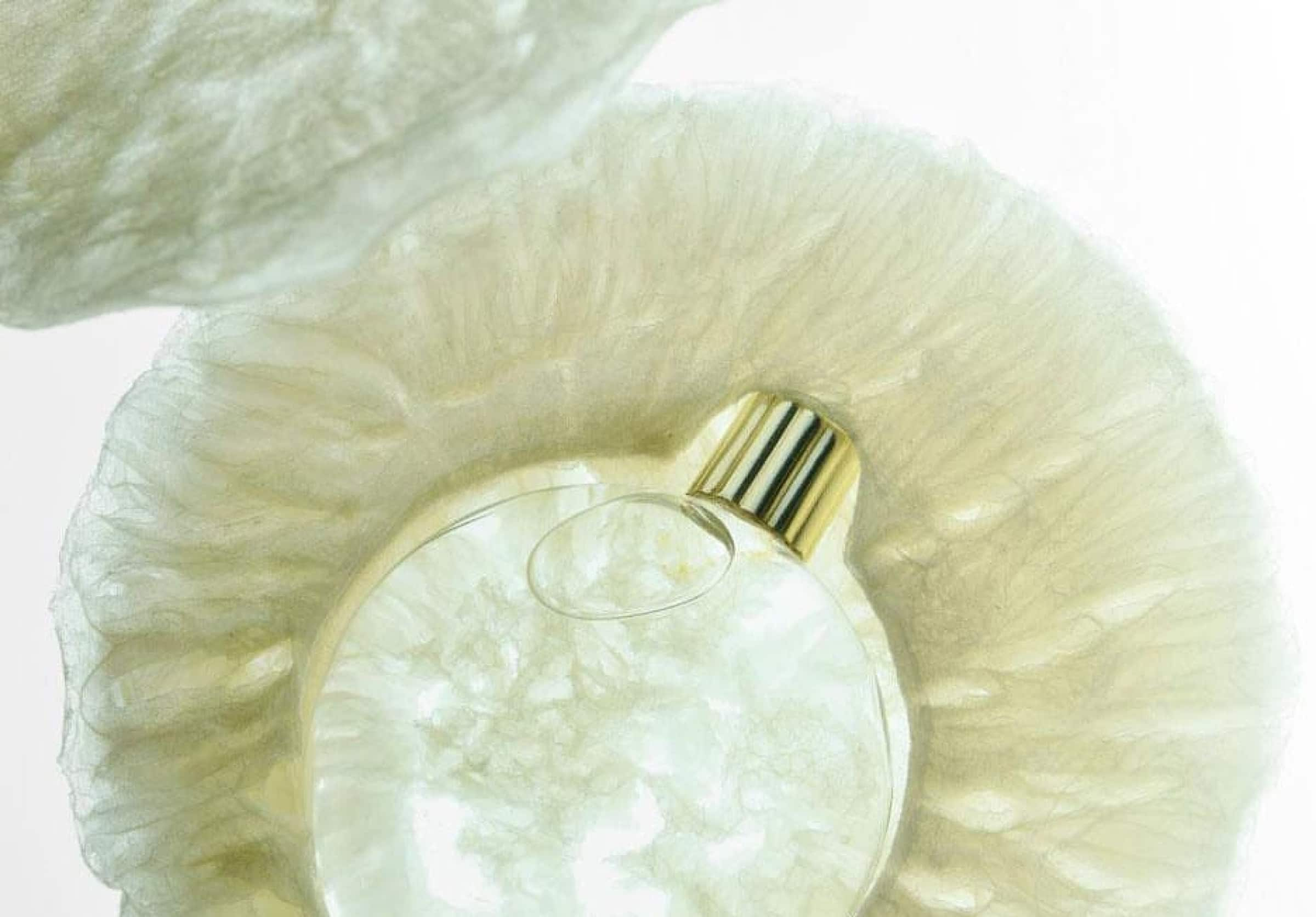
Source: Dezeen
On paper, seaweed might not seem viable for sustainable beauty packaging, but it actually has a lot of potentials! Seaweed packaging is edible and dissolvable, making it suitable as a biodegradable cosmetic packaging option. And although seaweed is much more common in the food industry, it also has its benefits for the cosmetics industry.
Seaweed is an excellent alternative for eco-friendly skincare packaging for face masks, gels, lotions, and other general liquid-based cosmetics. In addition, seaweed packaging can serve as a plastic alternative as it is an abundant resource and won’t negatively impact the planet.
And although this innovation is still in the prototyping phase, the general idea is to freeze, thaw, and air-dry the seaweed to turn it into packaging material. The end product is a transparent film, cushioning, or packaging that can be reinforced with other natural materials, such as algae or fiber, for additional protection.
Beeswax Packaging
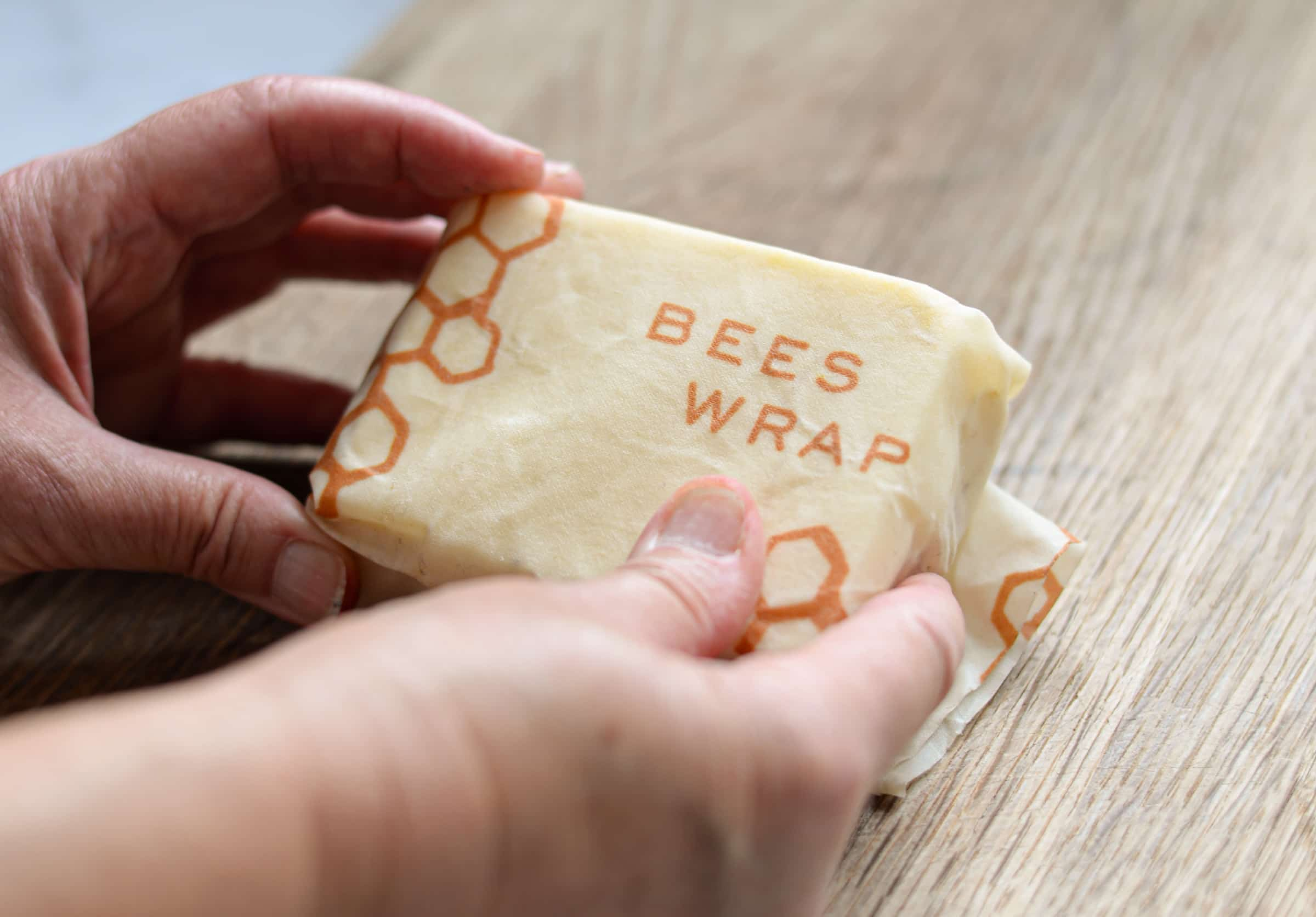
Source: Unsplash
Another intriguing and excellent eco-friendly cosmetic packaging material is beeswax. It is easily molded and manipulated, making it a great protective layer to surround items or serve as a cover.
Beeswax packaging is made from beeswax, jojoba, and coconut oil and paired with a fabric like cotton as a coating. So like the other packaging ideas mentioned, beeswax offers a great alternative to plastic, allowing for even more unique branding opportunities.
In addition, beeswax packaging can come in many different colors and patterns and is a more affordable option than some of the other above-mentioned eco-friendly packaging ideas for cosmetics. Beeswax is also beneficial for cosmetics because of its unique characteristics. It has anti-bacterial elements that can provide excellent protection and is durable enough to keep items safe from damage.
Sustainable Packaging for the Planet and Your Product
One thing that’s clear is that this is an exciting time for eco-friendly cosmetic packaging. With so many alternatives to plastic emerging, the future of the beauty industry and its packaging is on its way to becoming more sustainable.
With greater emphasis on renewable materials that are biodegradable and recyclable, there is more opportunity for impact. Cosmetics companies looking to stand out in a competitive market and create a more impactful and authentic connection with customers can accomplish this by incorporating eco-friendly cosmetic packaging into their brand initiatives.
Browse our full catalog of cosmetic packaging here!






